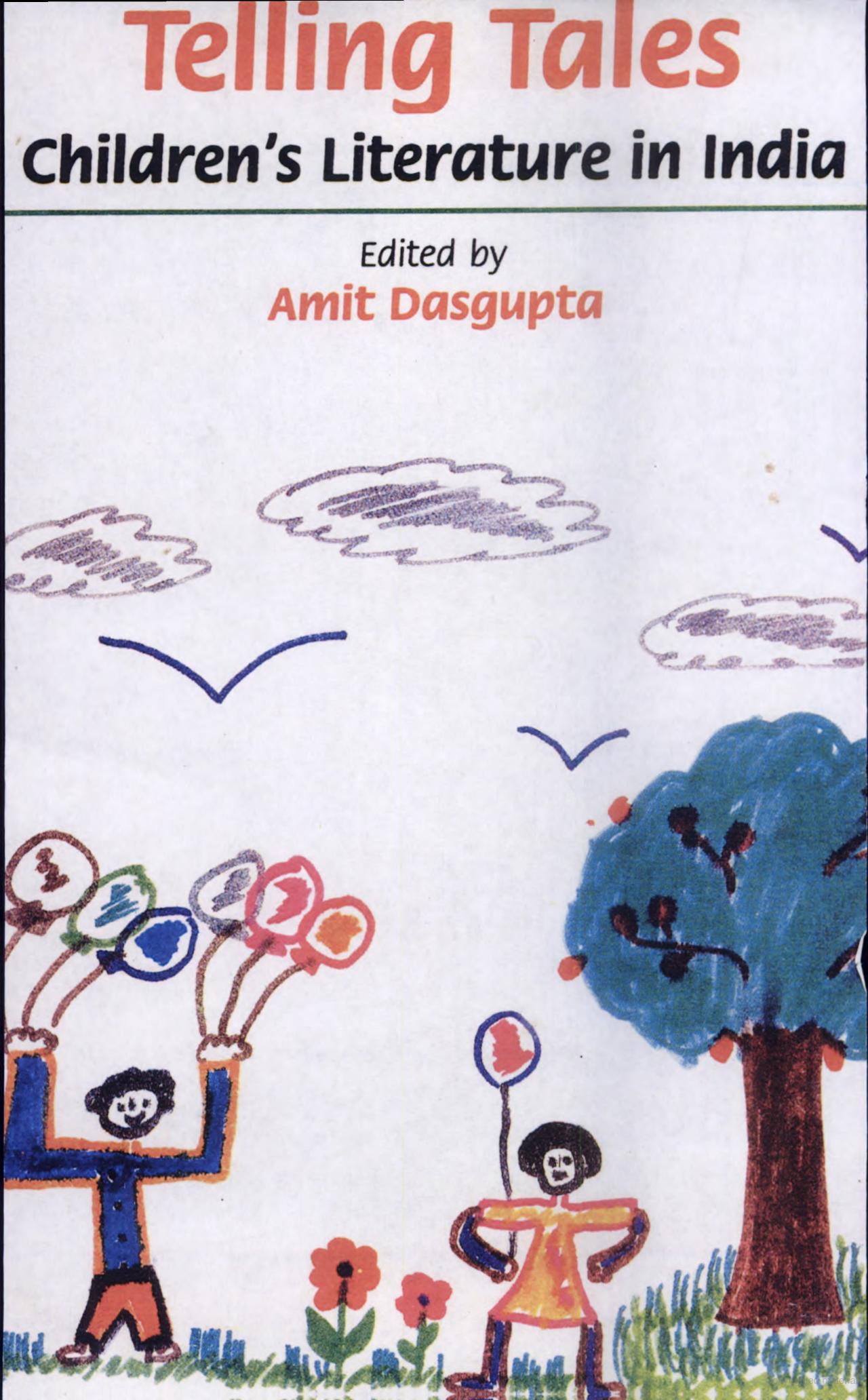Prof. Dr. Ganesh Sonawane Shri Padmamani Jain Arts and Commerce College, Pabal I stumbled upon the book Telling Tales - Children's Literature in India, while studying ‘Indian Knowledge System and Oral Literary Tradition’. This book is an excellent
Read More
Prof. Dr. Ganesh Sonawane
Shri Padmamani Jain Arts and Commerce College, Pabal
I stumbled upon the book Telling Tales – Children’s Literature in India, while studying ‘Indian Knowledge System and Oral Literary Tradition’. This book is an excellent reference for researchers of children’s literature in India. It comprises 14 essays written by various experts. Some notable essays include ‘Once Upon A Time’ by Amit Dasgupta, ‘Telling Tales’ by A.K. Ramanujan, ‘Children’s Literature in India: The Changing Trends’ by Navin Menon, and ‘Comics as a Vehicle of Education’ by Anant Pai.
It’s said that, “Tales have relatives all over the world!” This is true, and it’s a universal fact that every child has an innate desire to listen to stories. While acknowledging this, we should also consider our rich cultural heritage. We should expose children to both international classics like Fairy Tales, Alice in Wonderland, Harry Potter, and Gulliver’s Travels, as well as Indian classics like Panchatantra, Kathasaritsagar, Ramayana, and Mahabharata.
While reading Telling Tales, I found myself revisiting the enchanting world of my childhood, where my grandparents, aunts, and uncles would narrate stories. Our oral storytelling tradition was incredibly rich and prevalent across various languages, including Hindi, Marathi, Tamil, Bengali, Malayalam, Urdu, and Kannada. The primary purpose of this tradition was to impart values and morals to children through entertainment
“The stories would change depending on the context, narrator, and audience.” (26) There were specific times and places for storytelling. Usually, stories were told after dinner, during bedtime. (Unfortunately, this joy is lost on the current mobile-dependent generation!)
Before the advent of printing, stories were written on leaves of specific trees. The Sanskrit text Panchatantra is considered the oldest and most ancient book written for children, with over 200 translations worldwide. This book employed fables, where trees, birds, and animals would converse with each other. Interestingly, some of Aesop’s fables were inspired by Panchatantra.
In conclusion, we have an excellent body of children’s literature in India. If we get a chance to read or listen to these stories, we’ll not only feel proud but also impart valuable lessons to the younger generation. It is in this sense Telling Tales is a must-read book, I think.
Show Less

